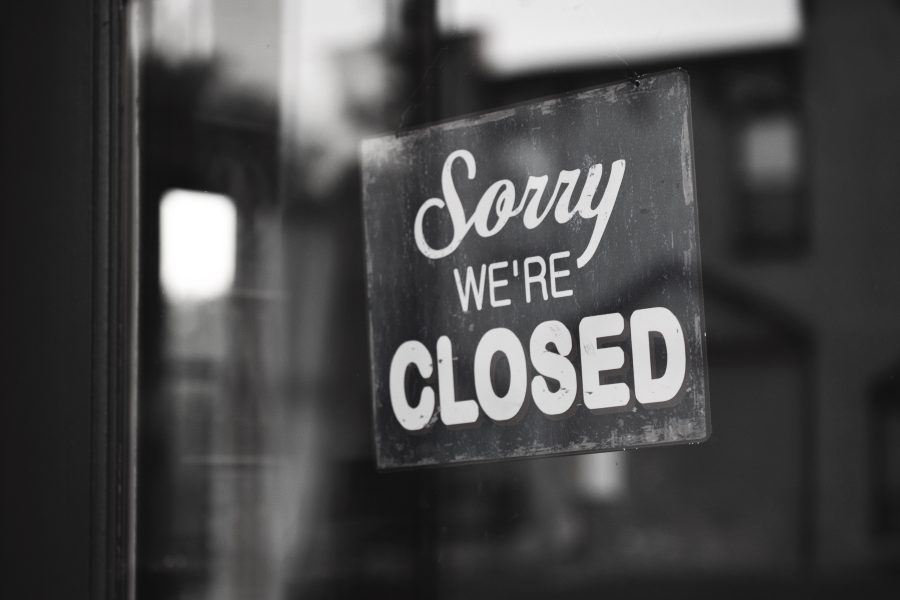It’s Davos time, which also means it’s time for Oxfam’s annual whine about wealth inequality and how ghastly everything is.
It would help more than just a little bit if the organisation had bothered to understand the world around them.
The opening grumble from their 2020 report is that the world’s billionaires own more than 4.6 billion people – well, yes, they’ve just defined the first group as those who own things, haven’t they? People who own things own things, strike us all down with a feather.
Rather more importantly, that’s just how wealth distributions work, as the economists Saez and Zucman point out, the bottom 50% usually own pretty much nothing. Among other things, this is down to the fact that it is possible to have negative wealth, to owe more than is owned. As every kid leaving university with a student loan does.
The world’s richest 1% have twice as much as nearly everyone else put together. Well, yes, but who are that 1%? Anyone with an NHS pension who’s paid off their mortgage would qualify for that global 1% by wealth. Odds are that everyone even remotely senior at Oxfam is part of that global 1% too.
The solution to this wealth problem is apparently that those 1 percenters should pay a 0.5% tax on their riches. That would – back of the envelope, you understand – means tax revenue of about half a trillion pounds, serious money even by governmental standards. But when set against the $25 trillion or so governments already get, perhaps not all that much. And anyone who thinks that current governments don’t waste 2% of their current revenues really isn’t paying attention.
A certain amusement can be had from their insistence that the wealth of the rich just piles up with no effort on their own part. They can afford the best advisers, it just increases. Which is difficult to reconcile with their own evidence that the aggregated wealth of billionaires fell last year. Or, as CapX’s own Robert Colvile puts it, maybe the rich need better advisers?
Much of the rest of the report is taken up by complaining that women take on an undue share of caring responsibilities. That may well be true, but it’s still difficult to understand why men being taxed on their incomes for the state to employ women in caring jobs is much better than men sharing their incomes with their wives and daughters who do the caring.
But enough of the details – what, really, is happening here? The sensei we need to turn to is C Northcote Parkinson. His great insight was that the real aim of any organisation is to perpetuate its own existence. Bureaucracies are no different from other organisms in this sense. This is where Oxfam has a problem.
Originally founded to provide famine relief in Greece, it became a charity focused upon the alleviation of global poverty. Their problem is that extreme poverty is a problem well on the way to being solved. The solution was the one Oxfam didn’t deign to mention, more markets, more capitalism – globalisation, in short.
As poverty worldwide recedes, Oxfam runs into a problem about its own continued existence. For once the horror to be alleviated is dealt with, what is the point of the offices, the brand, the nice jobs with no heavy lifting? That presumably explains why in recent years they have changed tack and now insist that wealth inequality is the root of a new dystopia.
It also explains this year’s thrashing around with feminist mantras about the caring economy and the interesting attempt to redefine the poverty line upwards. They suggest changing the definition to anyone on less than $5.50 a day, in what looks like a pretty obvious attempt to maintain their own client base.
The possibly bitter truth being that there’s a time to die for organisations just as there is for organisms. Oxfam’s time seems to have come, so every year we get this statistically clumsy raging against the dying of the light. Nil nisi mortuum and all that, but for Oxfam the fat lady’s sung and it will soon be time to leave the stage.
Originally published by CapX.








